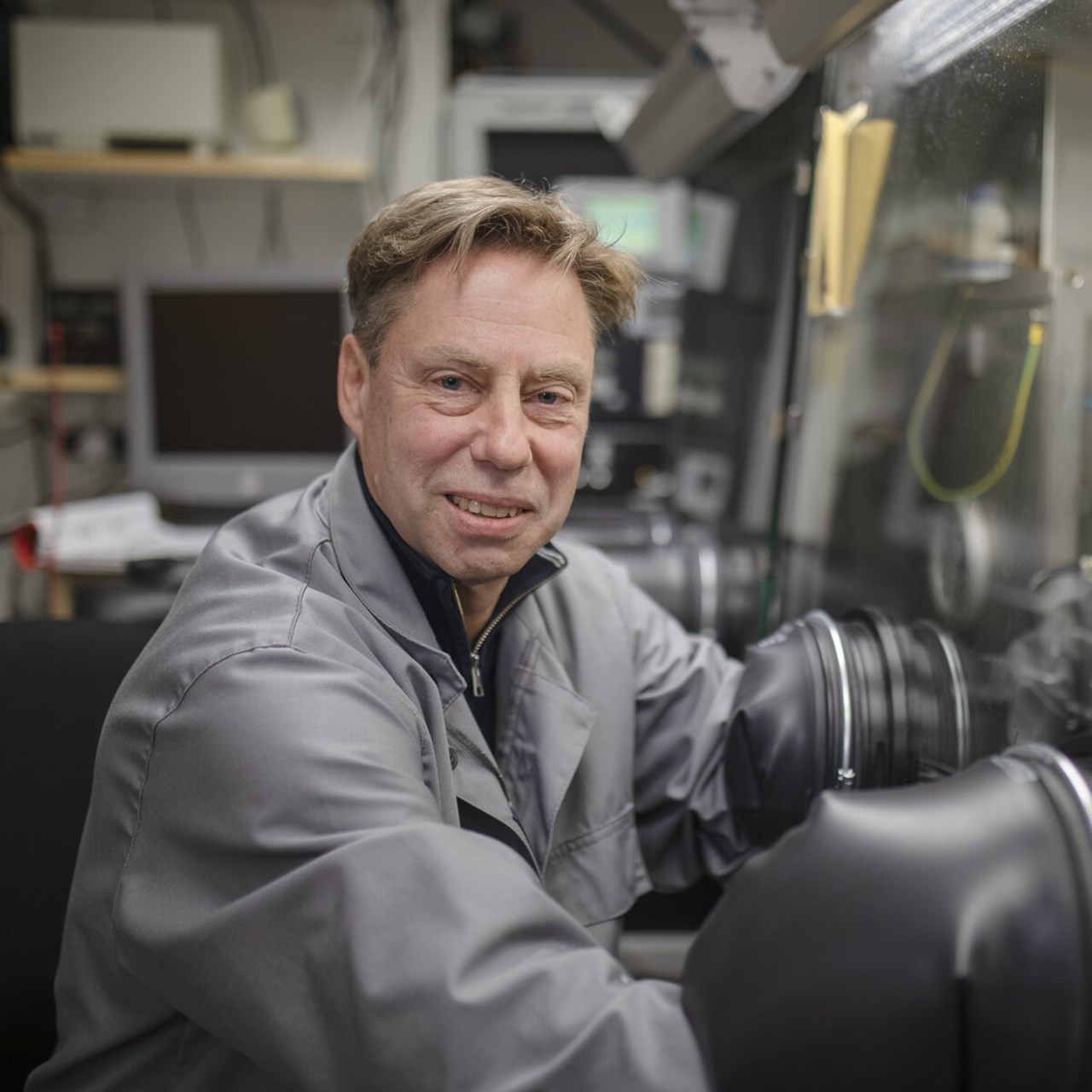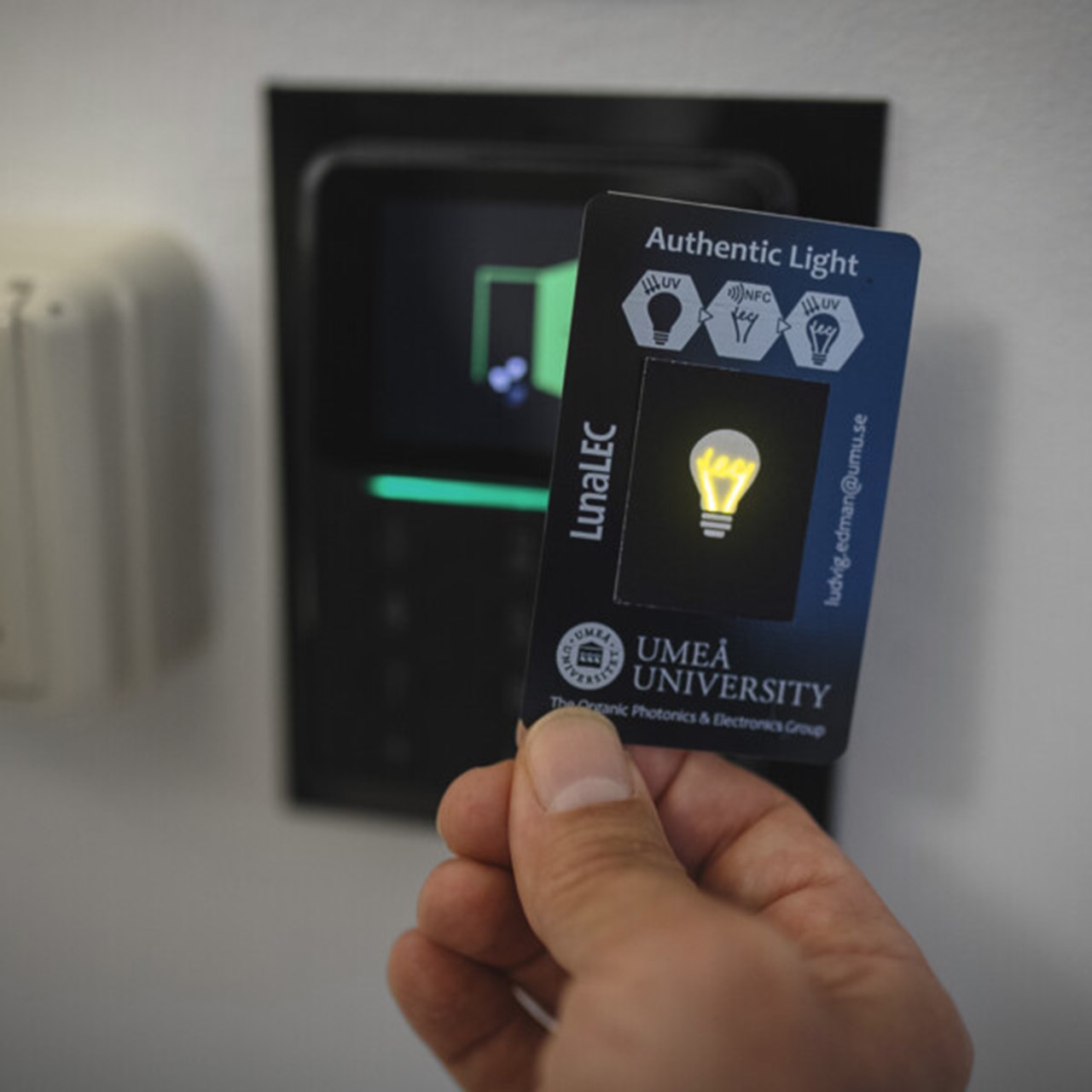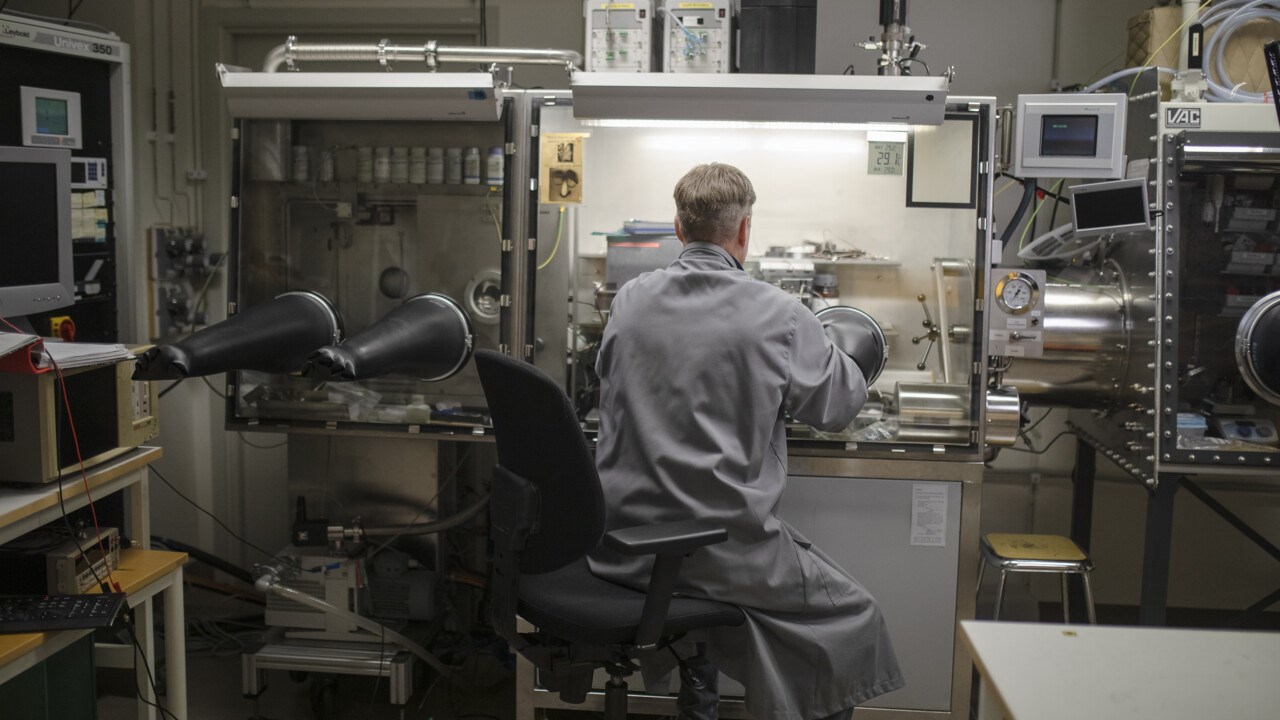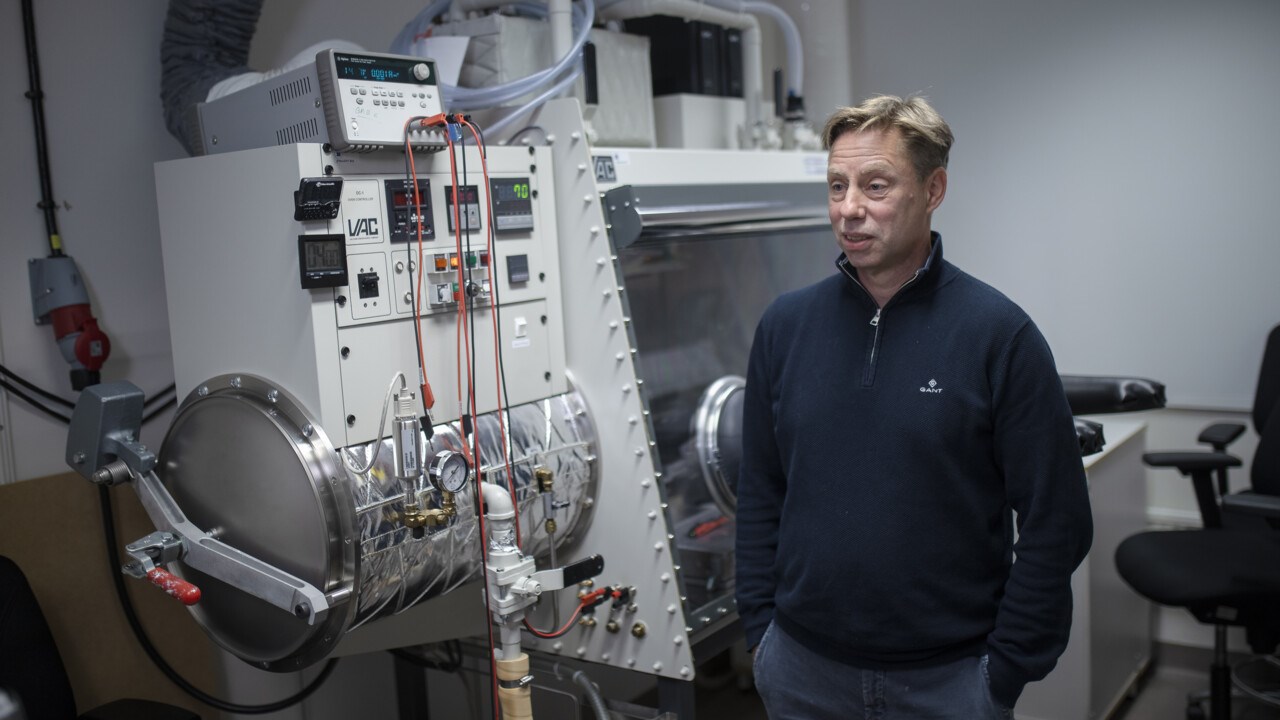
Ludvig Edman lays the foundation for new light sources with the patience of an elite athlete
PROFILE Research is a sport of endurance, and Ludvig Edman is one of its champions. For nearly three decades, he has delved into the technology behind light-emitting electrochemical cells (LECs), even when many peers chased other pursuits. “We have been persistent, forging our own path. Now, many are starting to see the potential of our work,” he says.





